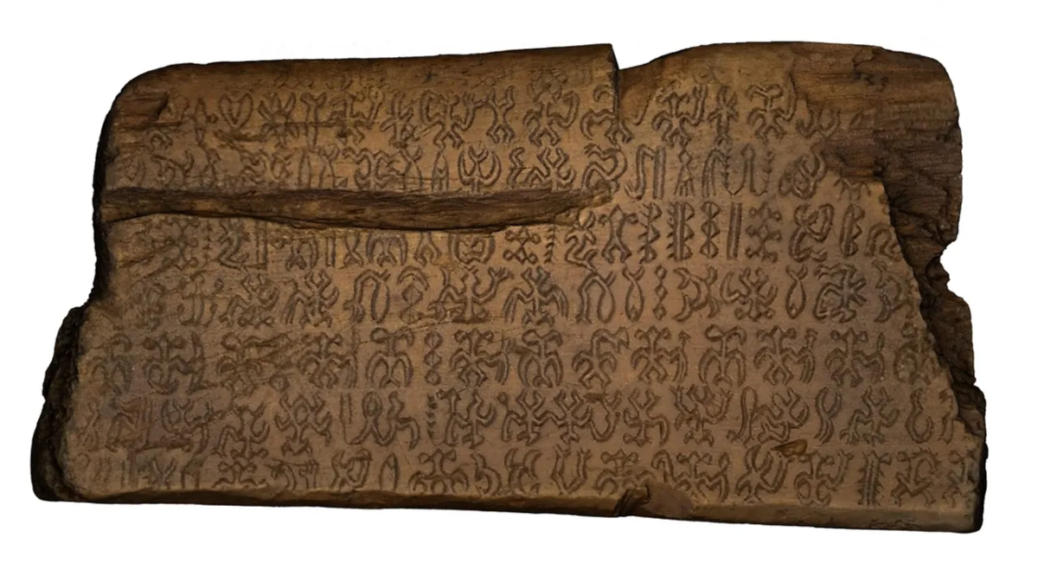Undeciphered Rongorongo Script from Easter Island may Predate European Colonization
From the depths of history, a wooden tablet bearing the mysterious “rongorongo” script has been unearthed from the small, remote island of Rapa Nui (also called Easter Island).
This discovery, detailed in a study published in Scientific Reports on February 2nd, provides compelling evidence that the origins of this script predate European contact by more than two centuries, challenging previously held assumptions about its origins.
According to experts, this discovery supports the theory that the rongorongo script is one of the few independently invented writing systems.
The wooden tablet, along with three others, is part of a collection in Rome.
The tablet was among four tablets retrieved by Catholic missionaries in 1869. Recent radiocarbon dating conducted on these tablets at the University of Bologna has shed light on their origins.
Remarkably, the wood of one tablet was determined to have been cut down between 1493 and 1509, a significant timeframe preceding the European arrival in the 1720s.
Rapa Nui, which sits nearly 2,400 miles (3,800 kilometers) off the coast of Chile, was settled by humans between 1150 and 1280.
Although Europeans arrived in the 18th century, they didn’t notice the local glyph-based script until 1864.
The complex glyphs of the Rongorongo script are unlike any writing system found in Europe, suggesting it was an original creation by the Rapa Nui people.
There are 27 wooden tablets with roughly 15,000 characters and more than 400 different glyphs among the rongorongo inscriptions that have survived. However, deciphering this ancient language remains a perplexing mystery.

The analysis also revealed that the wood on the oldest tablet came from a non-native tree species, possibly driftwood.
This discovery raises questions about the island’s ecological past and the resources available to its ancient inhabitants.
If additional research confirms that the Rongorongo script predates European contact, it would be yet another independent invention of writing in human history.
This would put the Rapa Nui people in the same league as the Sumerians, Egyptians, and Chinese, all of whom developed their own unique writing systems.
Rapa Nui is famous for its archaeological mysteries, including the massive stone heads known as moai, and many people have attempted — but failed — to decipher the rongorongo script.
“Historically speaking, if you borrow a writing system, then you keep it as close to the original as possible,” study lead author Silvia Ferrara, a philologist from the University of Bologna, said in an interview with Live Science.
Rafal Wieczorak, a chemist from the University of Warsaw who has studied other Easter Island tablets with Rongorongo writing on them, is excited about the implications of the dating results obtained by the German and Italian scientists. Namely, the implication that European contact had nothing to do with the script’s invention. But he also notes that further research will be needed to prove the case conclusively.
The wooden tablet, with its undeciphered script, stands as a symbol of the mysteries that continue to captivate us.
